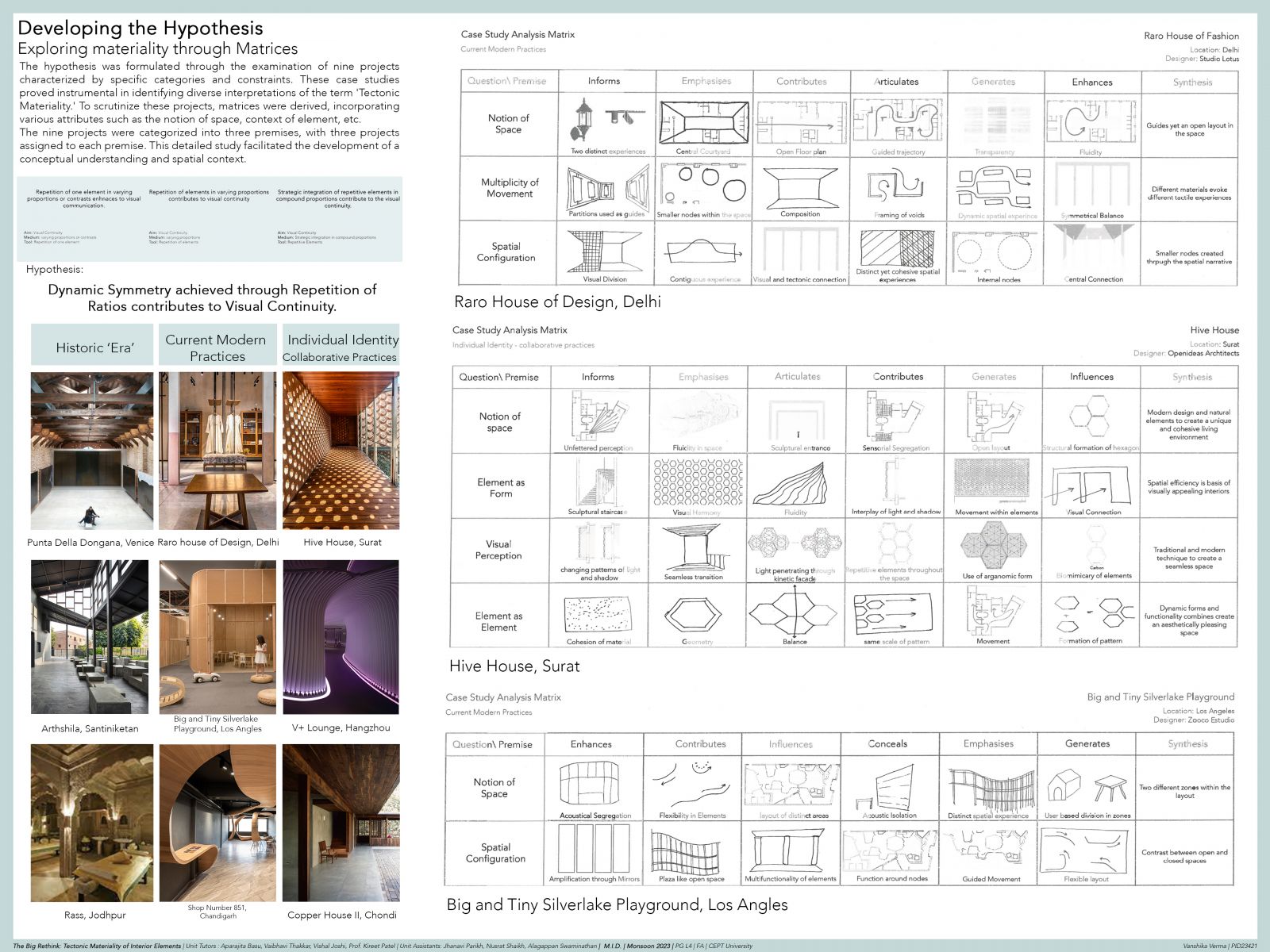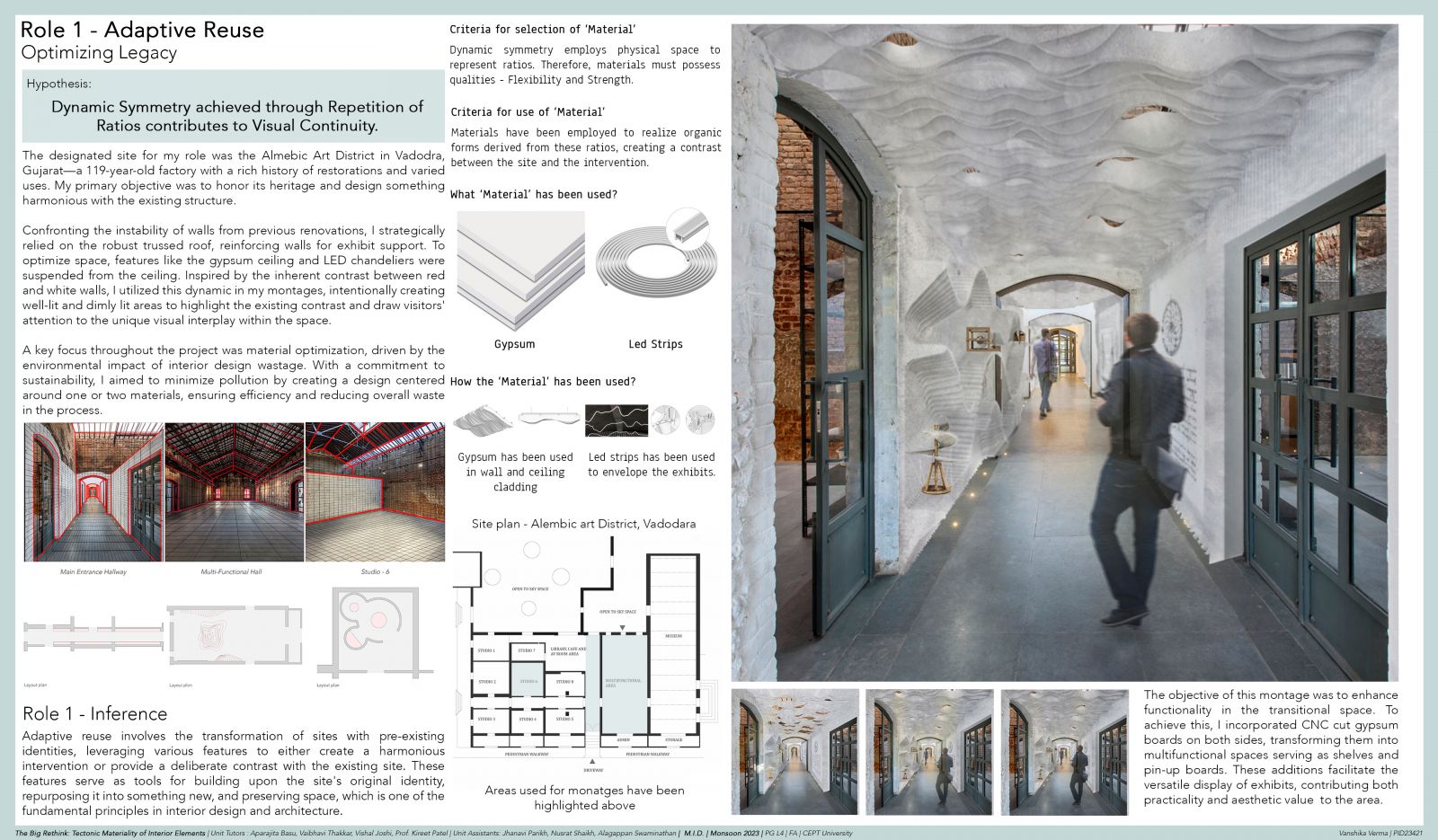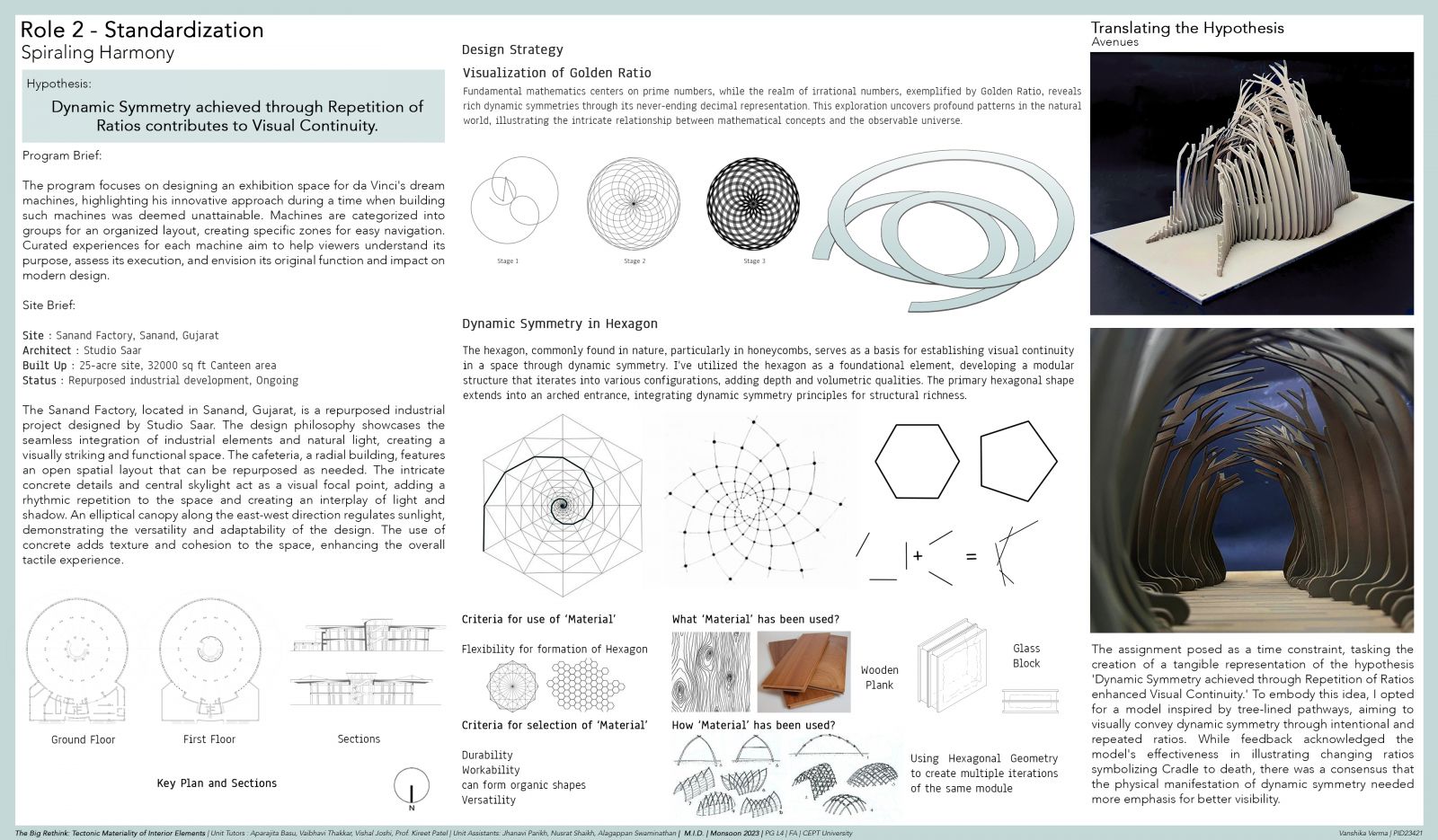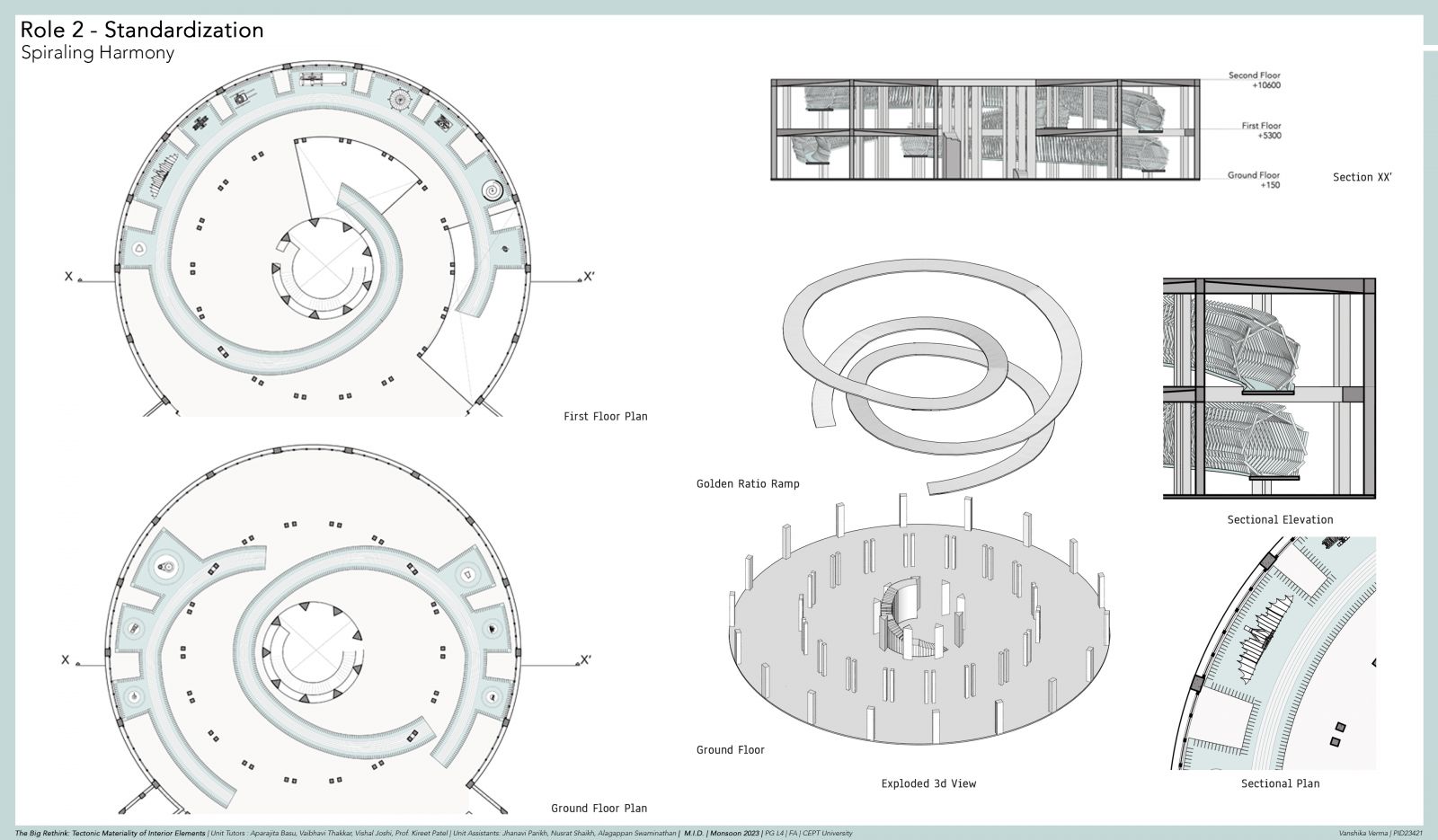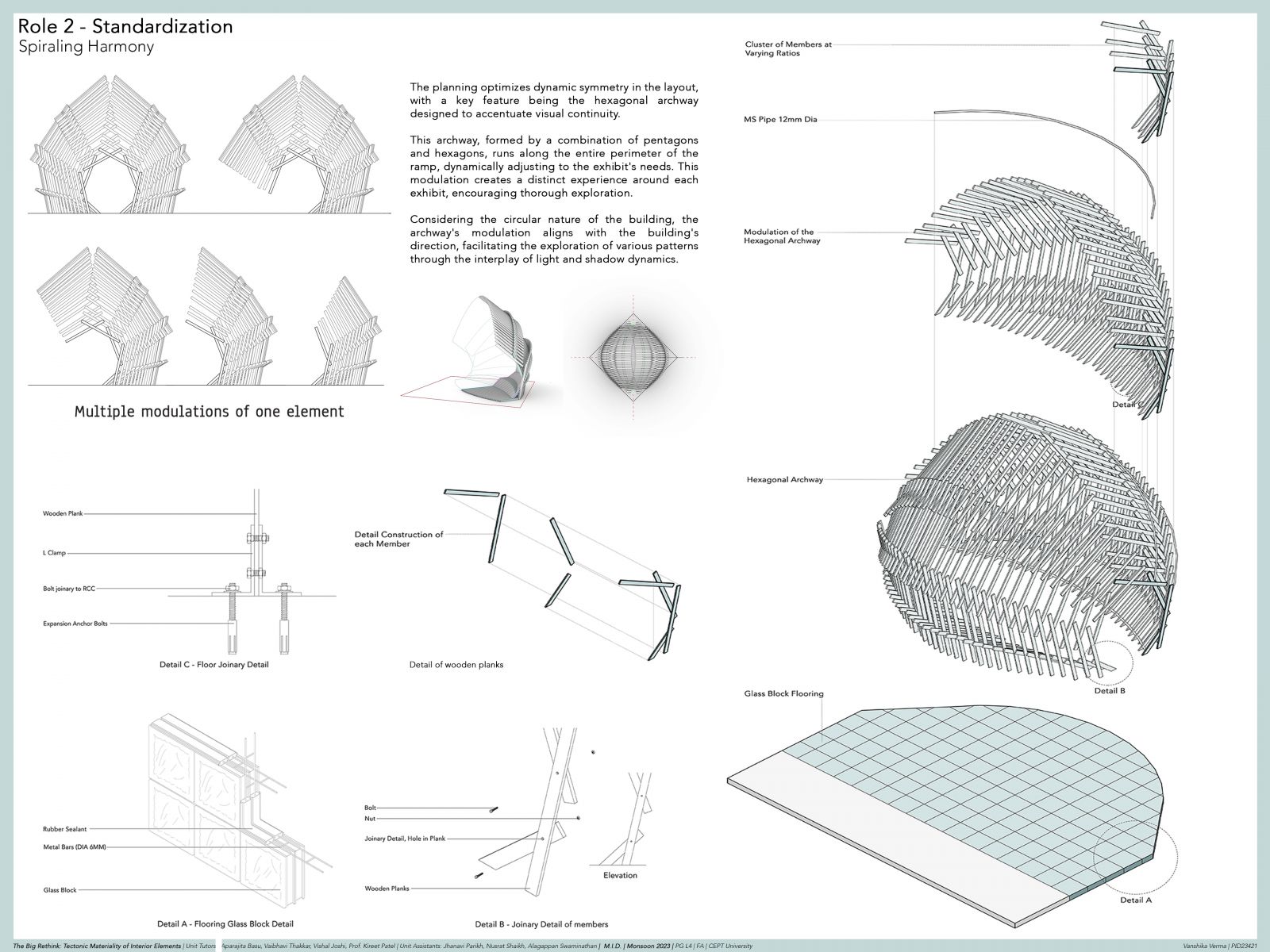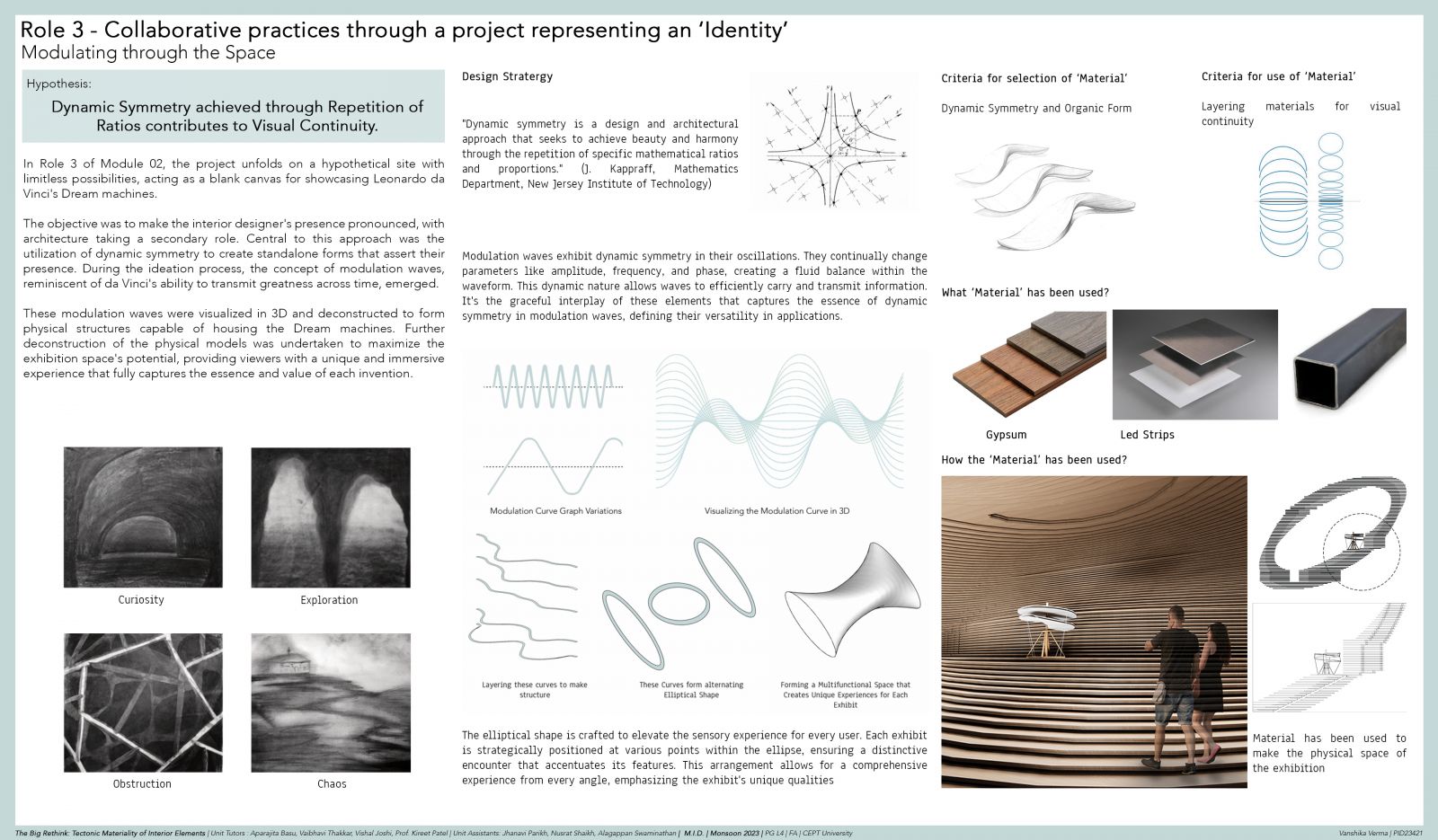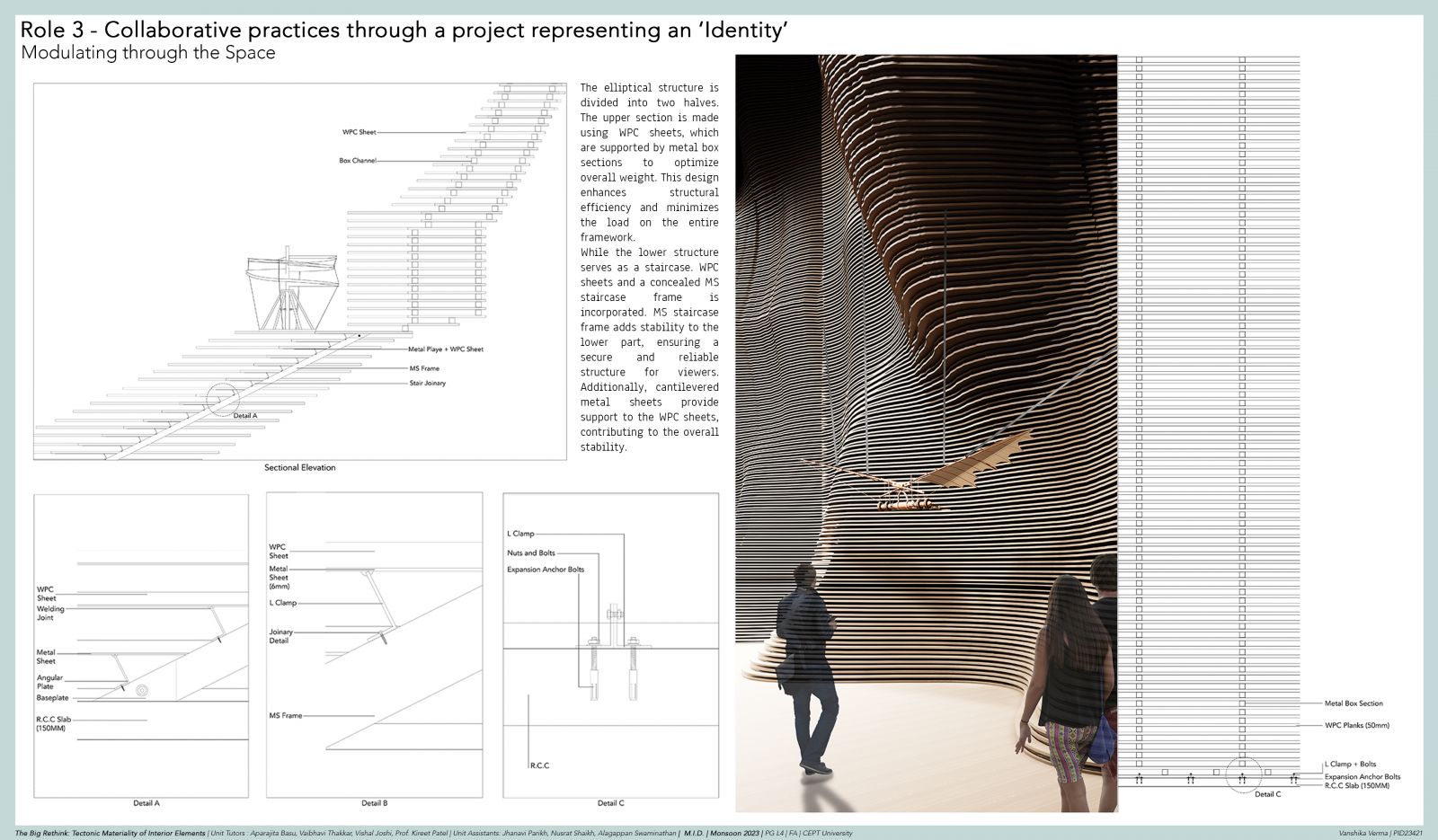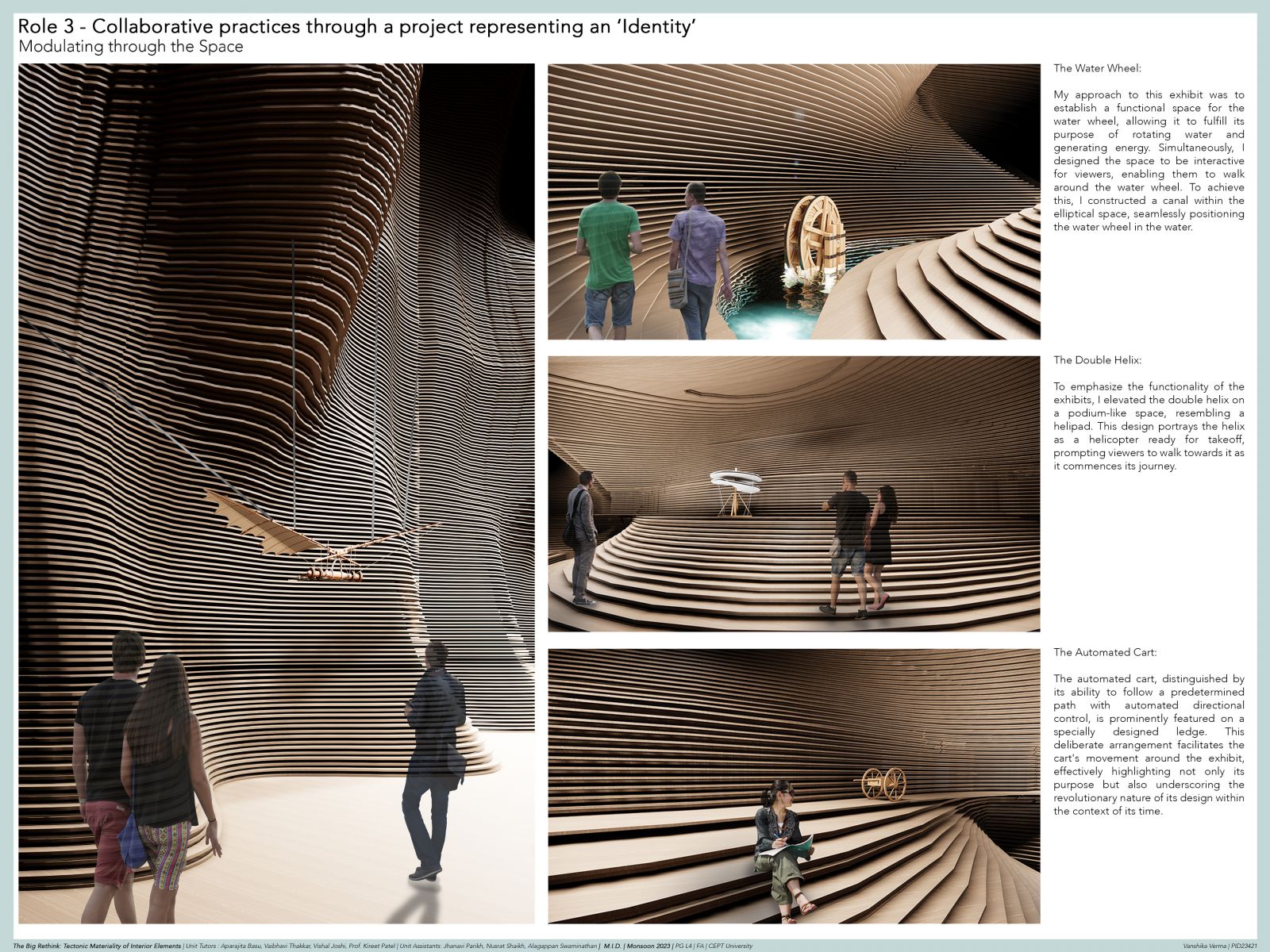Your browser is out-of-date!
For a richer surfing experience on our website, please update your browser. Update my browser now!
For a richer surfing experience on our website, please update your browser. Update my browser now!
Dynamic symmetry, rooted in ancient cultures, employs natural mathematical ratios for aesthetically pleasing designs. In interior spaces, it fosters harmony, balance, and timeless appeal. Proportional relationships guide spatial organization, creating cohesion and a seamless flow. The method helps establish focal points, drawing attention to key elements. Beyond aesthetics, dynamic symmetry induces positive psychological effects, contributing to a sense of well-being. With its timeless quality, designs based on dynamic symmetry remain visually relevant, transcending fleeting trends. Overall, this approach enriches interiors by integrating nature's inherent proportions for enduring beauty and a balanced, harmonious atmosphere.
View Additional Work
